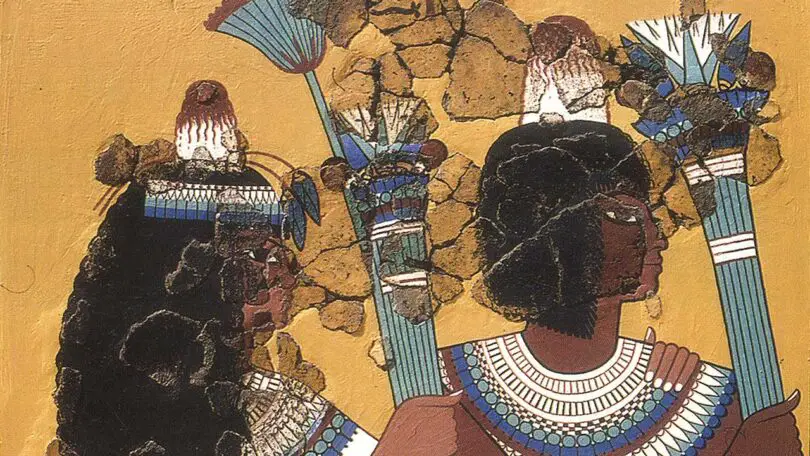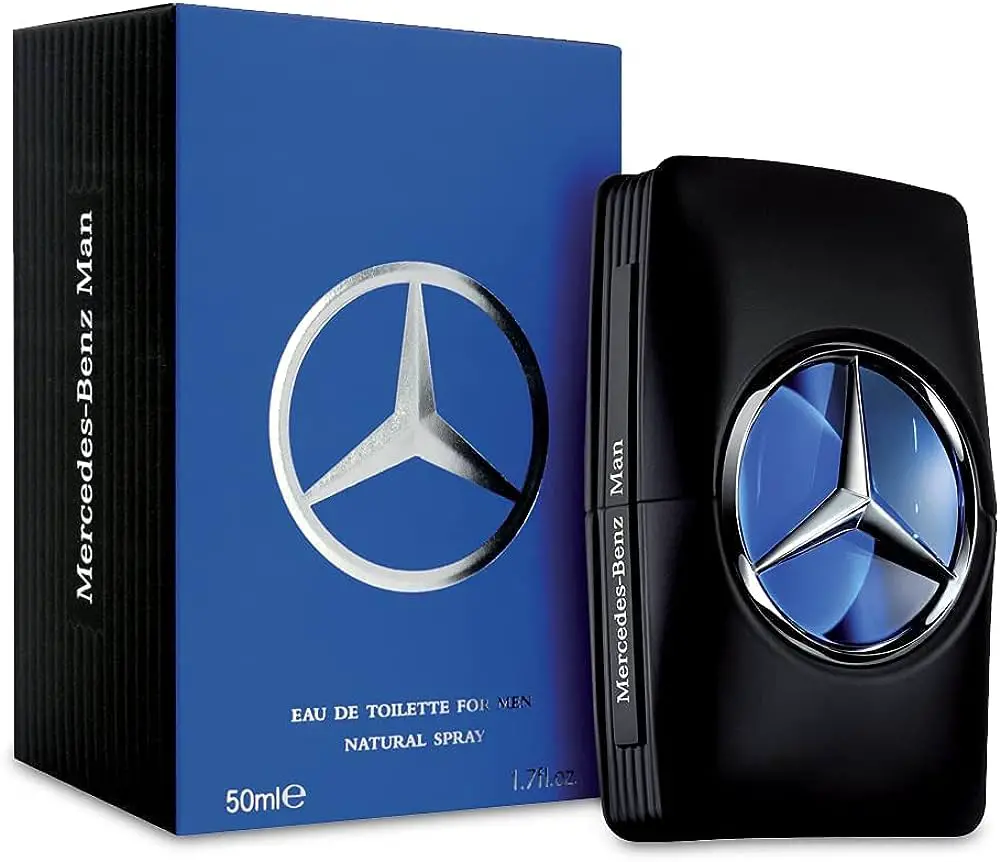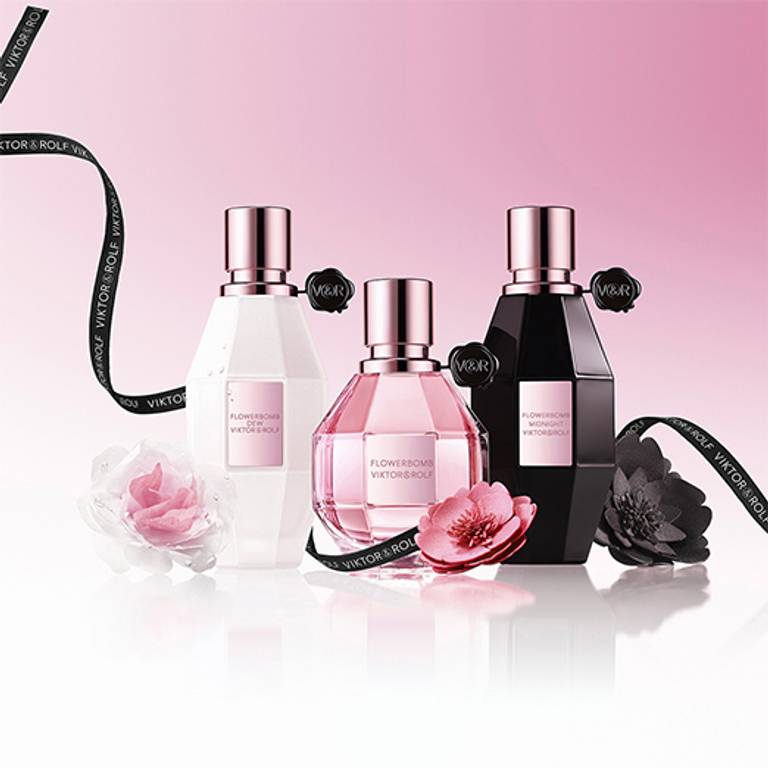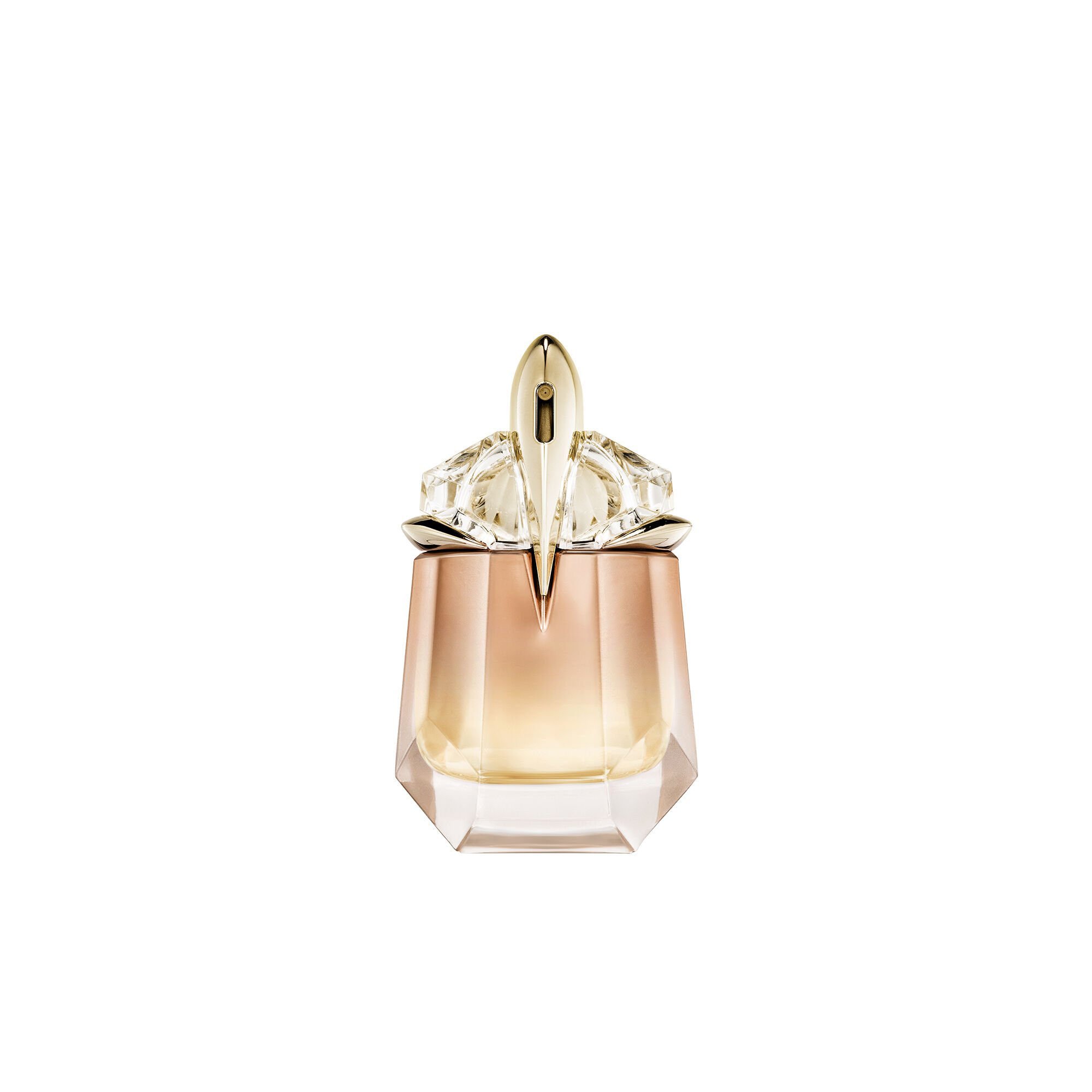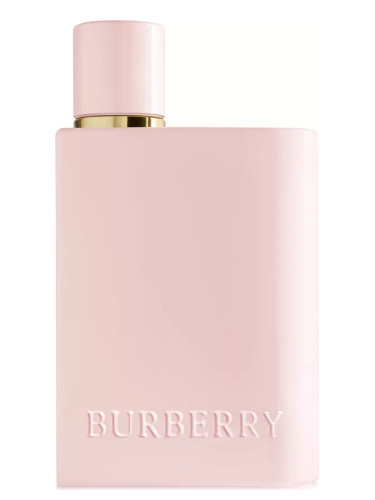Perfume has captivated the senses of humans for thousands of years. It’s an art form, combining aesthetics with chemistry to create captivating scents that convey emotions, memories, and a sense of style. But how exactly is perfume made? In this article, we will unravel the mystery behind the bottles and take you through the fascinating journey of perfume creation.
Join us as we explore the intricate process from sourcing ingredients to bottling the final product, demystifying the craft behind your favorite fragrances.
1. Understanding Fragrance Notes
Before diving into how perfume is made, it’s essential to comprehend the concept of fragrance notes, which are classified into three categories forming what is known as the olfactory pyramid:
| Note Type | Characteristic | Examples |
|---|---|---|
| Top Notes | Light and volatile, perceived immediately upon application of the perfume. | Lemon, Lavender, Bergamot |
| Middle Notes | Heart of the perfume, becoming noticeable after the top notes evaporate. | Rose, Jasmine, Cinnamon |
| Base Notes | Heavy molecules that linger and form the foundation of the perfume. | Vanilla, Musk, Amber |
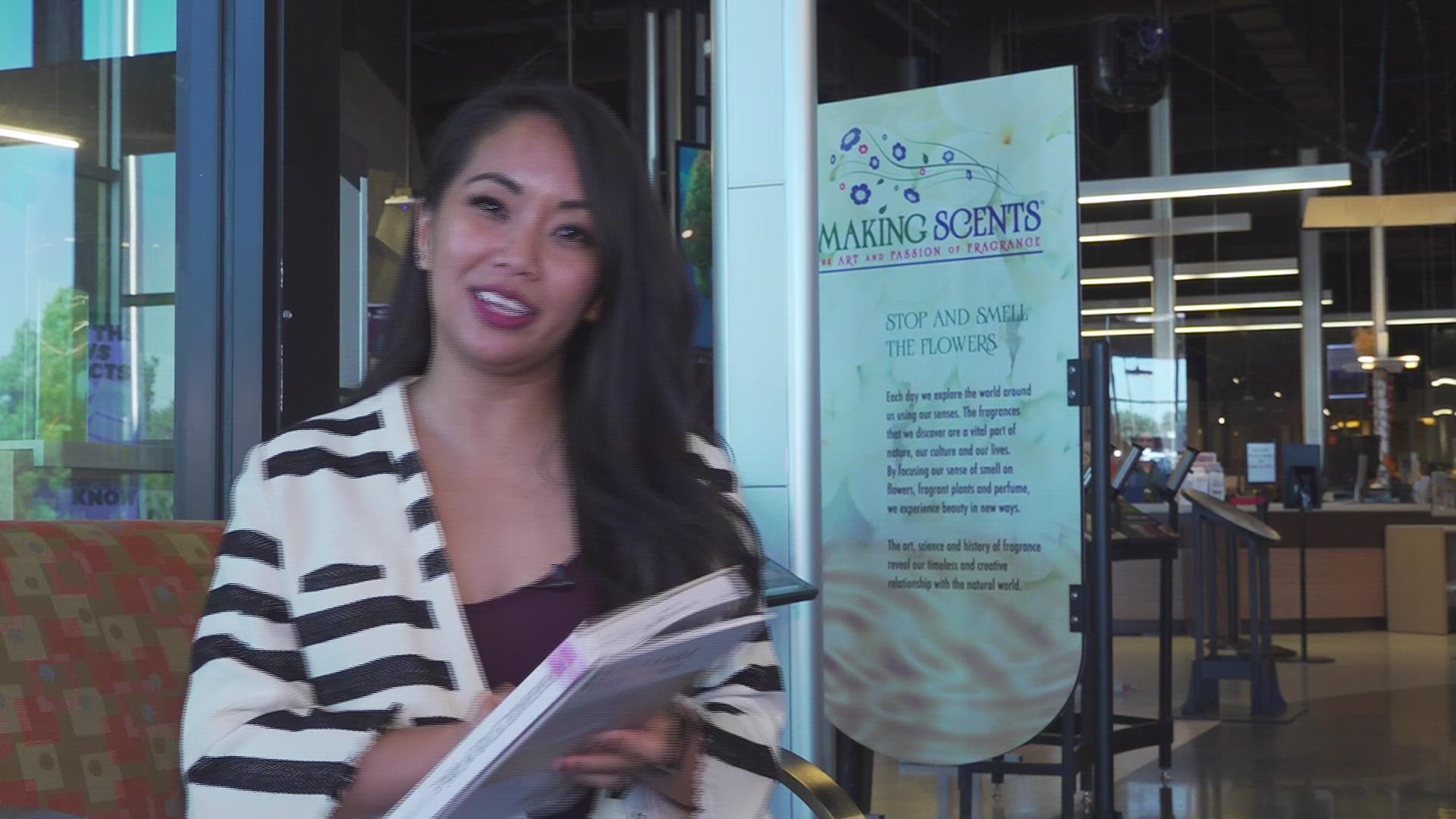
Credit: www.newswest9.com
2. Sourcing Ingredients
Creating a perfume begins with sourcing its ingredients, which can be natural or synthetic.
- Natural Ingredients: Flowers, spices, fruits, resins, and woods are among natural sources used in perfumery. Essential oils are extracted from these sources through processes like distillation, expression, and solvent extraction.
- Synthetic Ingredients: Scientists create synthetic compounds to either mimic natural scents or develop entirely new aromas. These are often more stable and consistent than their natural counterparts.
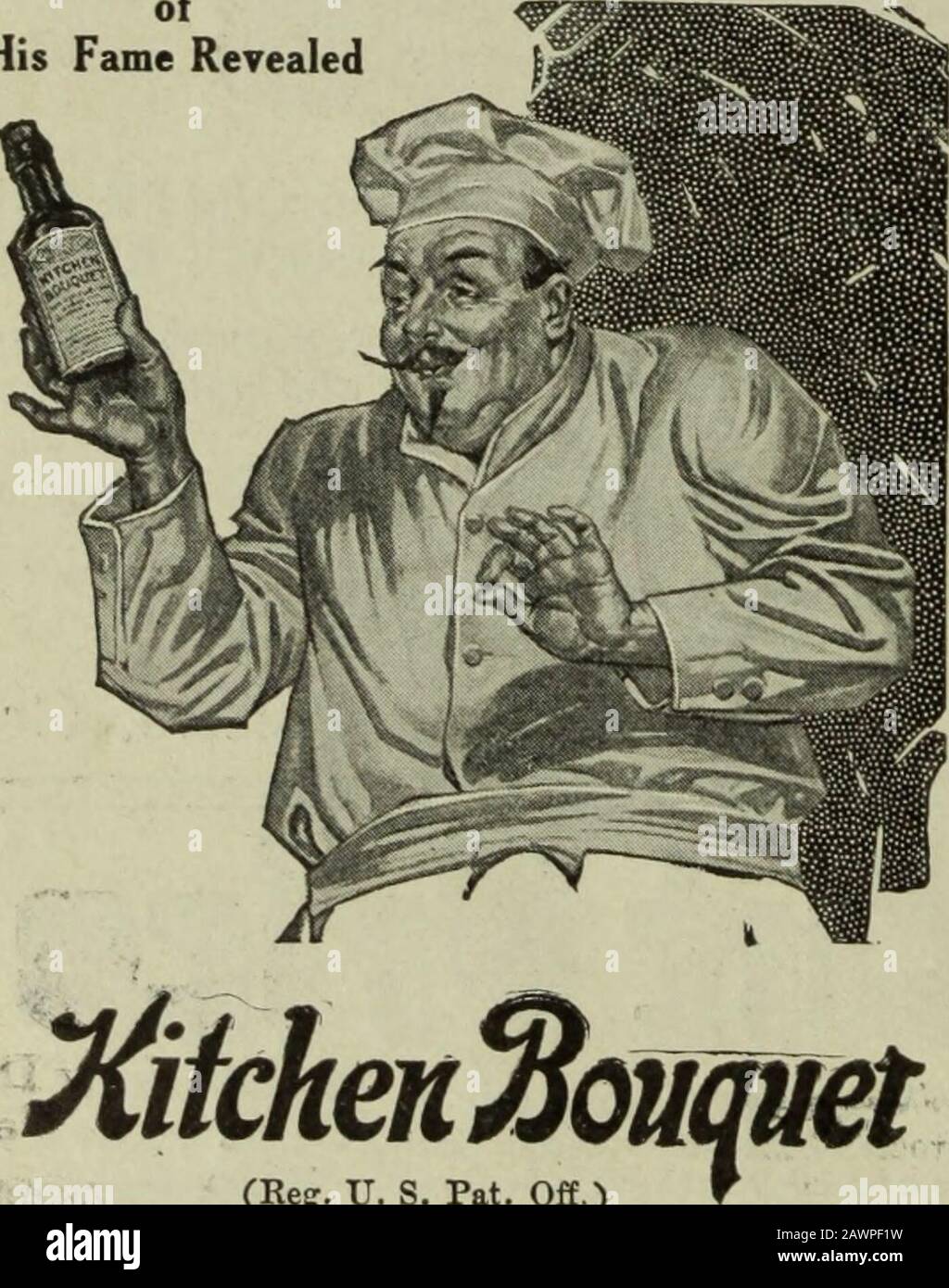
Credit: www.alamy.com
3. Making the Fragrance Concentrate
The heart of the perfume is the fragrance concentrate, which is the blend of essential oils, aroma compounds, fixatives, and solvents that define the scent. A perfumer, also known as a “nose”, will experiment with different combinations of these materials to create a unique fragrance blend. This requires a balance of artistry and technical knowledge.
4. Aging
Once the fragrance concentrate is blended, it must be aged. Aging allows the mixture to meld and mature, typically taking anywhere from several months to years. This process can greatly affect the complexity and final profile of the scent.
5. Dilution
After aging, the fragrance concentrate is diluted with a solvent, usually ethanol, to achieve the desired concentration. The concentration level dictates whether the final product will be sold as perfume (also known as parfum), eau de parfum, eau de toilette, or eau de cologne. The table below shows typical concentration levels:
| Concentration | Percentage (%) | Type |
|---|---|---|
| Perfume | 20-40% | Highest concentration, strongest and longest-lasting |
| Eau de Parfum | 15-20% | Balanced strength and longevity, very popular |
| Eau de Toilette | 5-15% | Lighter scent, suitable for everyday use |
| Eau de Cologne | 2-5% | Much lighter, refreshing scents with an emphasis on top notes |
6. Bottling and Packaging
The final step in perfume making is bottling and packaging. The perfume is filtered to remove any sediments, ensuring that it’s clear, and then it’s poured into its final bottles. The design of the bottle and packaging is almost as important as the scent itself since it’s a critical aspect of the perfume’s brand identity.
7. Quality Control
Before the perfume can be sold, it must undergo strict quality control checks to ensure that each bottle maintains the same color, aroma, and performance as intended.
Frequently Asked Questions
What Ingredients Are In Perfume?
Perfume is typically composed of a blend of essential oils, fragrance compounds, fixatives, and a solvent like alcohol or water.
How Long Does Perfume-making Take?
The process of making perfume can vary greatly, taking anywhere from a few months to several years, depending on the complexity and maturation of the fragrance.
Can Perfume Be Made Naturally?
Yes, perfume can be made using natural ingredients such as flower petals, roots, resins, and essential oils obtained through distillation or extraction.
What Are Top, Heart, And Base Notes?
Top notes are the initial, lighter scents you smell, heart notes are the main body of the perfume, and base notes are the deep, underlying aromas that linger.

